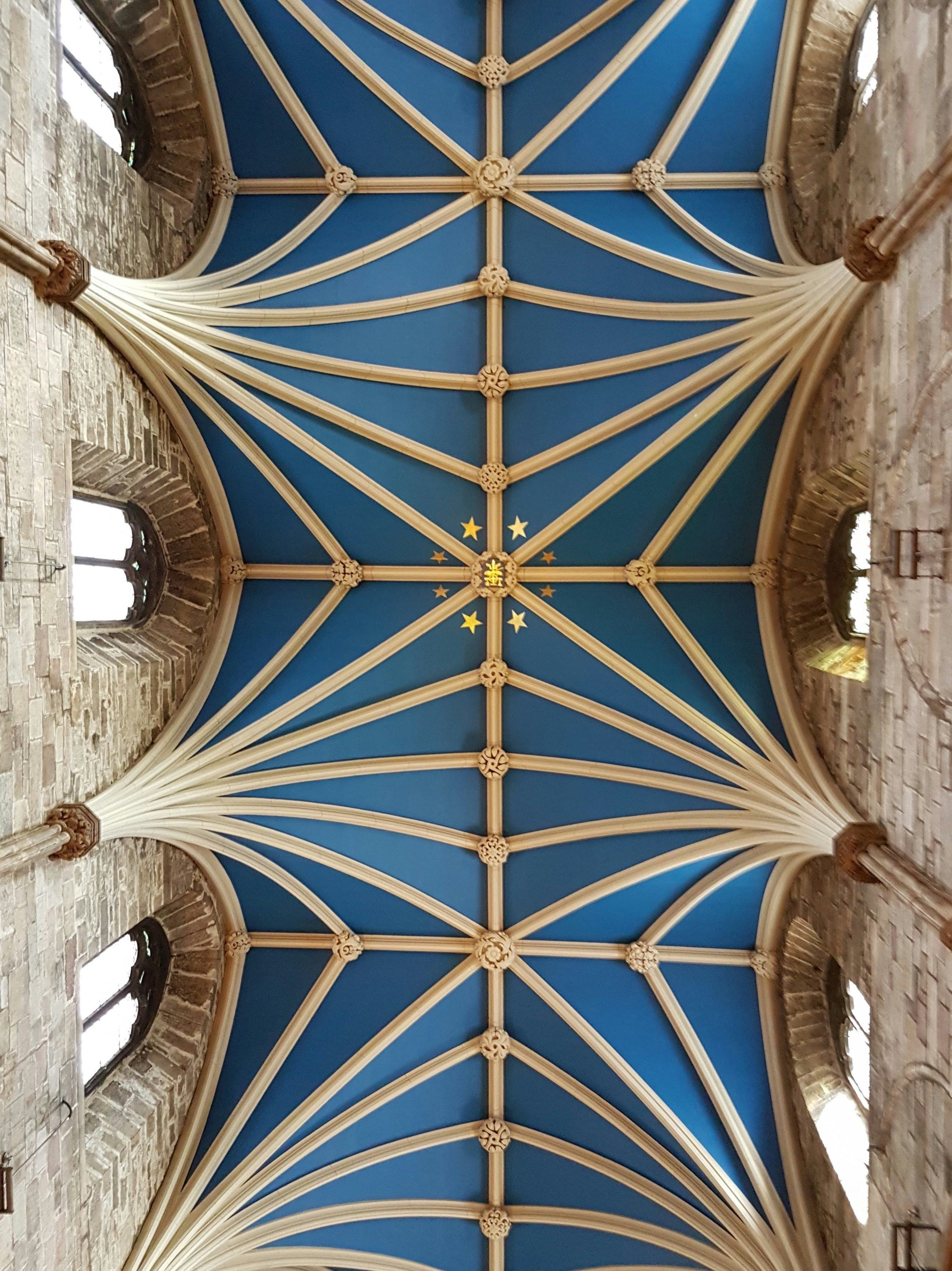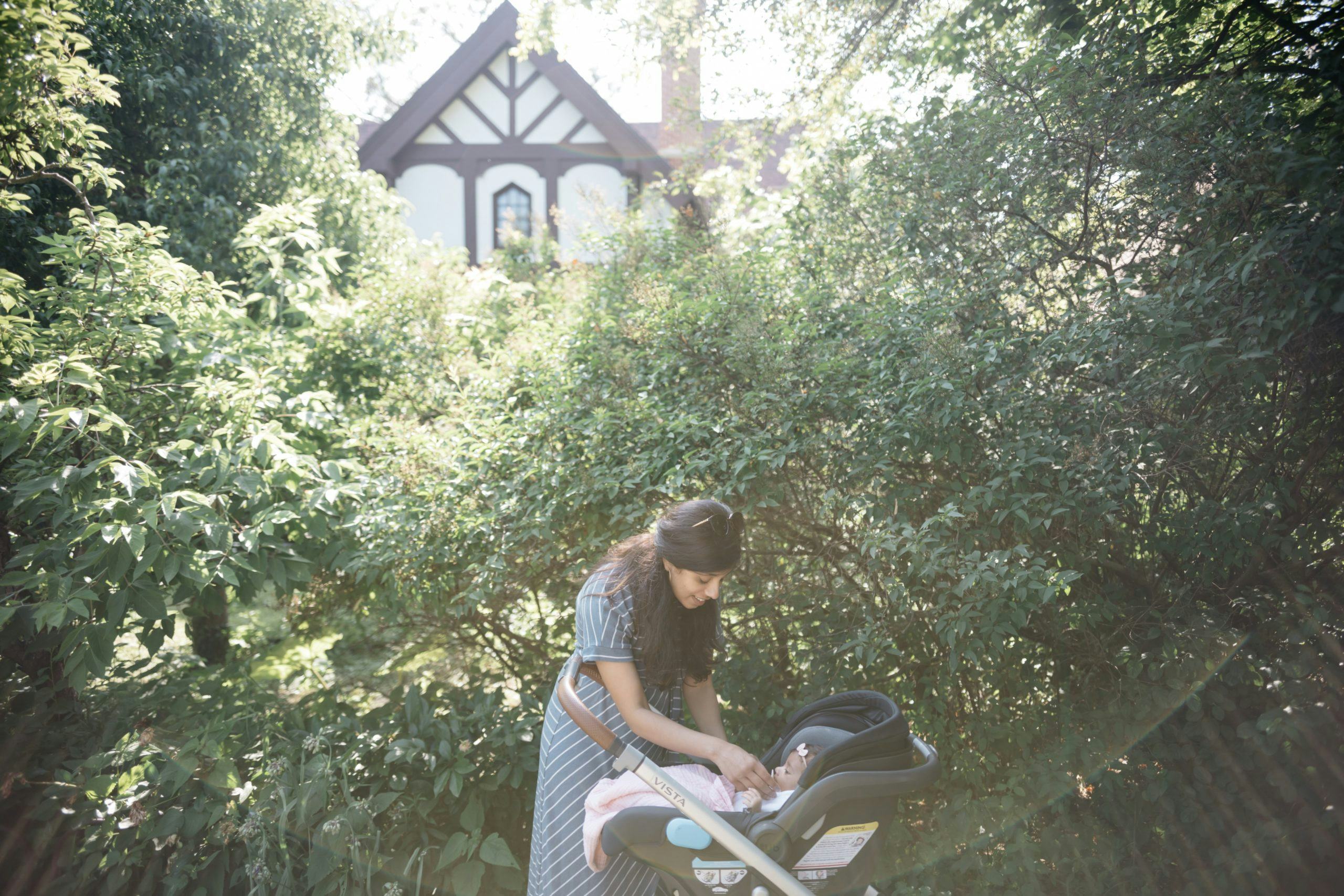Because I had not attended regular church services during my childhood, I had previously viewed communal worship as nonessential to living the Christian life. I envisioned it as helpful to some, but not a requirement of Christianity, a personal relationship with God, however, was. My own worship practices consisted of significant portions of silence, communal moments in nature, and playing hymns on my out of tune piano.
When I began attending regular church services I struggled to outwardly worship. I viewed my relationship with God as deeply intimate and was uncomfortable revealing my worship to others. While I felt comfortable singing hymns in private, I struggled to use my voice around others, instead singing the lyrics in hushed tones. Instead, I would listen to the voices of others praising around me. I would close my eyes and hear the texture of their harmonies and feel the vibrations of drums beneath my feet. In these moments, I felt connected to the body of Christ in a way I had never previously experienced. When I worshipped publicly, I would meekly lift my palms which revealed deference and honor to my Creator. As I more regularly attended services, I became more comfortable worshipping openly, eventually harmonizing with the other worshippers.
Since the global outbreak of COVID-19, however, physical church attendance suddenly halted as we tried to protect our community members from harm. We no longer had the option of joining together as the body of Christ, to sing praises to Him. Instead, we watched pixelated, buffering livestreams or recordings of our services. We separated to protect our body.
After a long period without chapel services on my college campus, we returned to regular gatherings this semester. Many students struggled to adjust to the new parameters for worship set in place, the primary one being no singing. We are called to come together as the body of Christ, to worship in communion with one another. If we can’t sing, then what is the point of worship services? Many students expressed such sentiment. We want to bring something of ourselves to Christ to show our devotion and worship of Him. Because singing is frequently the vessel by which we deliver our praise to Christ, the inability to worship with our voices can feel like alienation.
At a recent chapel service I attended, however, one of my campus ministers explained that joining in covenant relationship with others as people of God requires sacrificial love. We can lend the COVID-19 practice of stripping away the nonessential in order to preserve the sacred to our worship experiences.
As worshippers, we too readily direct our primary mode of worship to singing. Slowly, singing becomes our default, and we begin to monotonize the worship experience, listening to the sounds of our own voices rather than to the messages that God may place on our hearts. If we limit our gestures of worship only to voice, we severely miss out on the fullness of what God reveals to us. We elude ways we can creatively worship Him.
Toward the end of the service, we were lead through worship through motion. To the music of “Take Oh Take Me As I Am” by John Bell, we reached out hands out in devotion to God. Our communication pleading for God to come and envelope us. This hymn s speaks to believers laying down their own will and handing everything over to God. The song is yielding and simple. The gestures in this song express this sentiment.
Take, oh, take me as I am
We stretch out our arms with lifted palms.
Summon out what I shall be
We reach down with both of our arms, guiding them to stretch above our heads.
Set your seal upon my heart
We touch the fingers of our right hands to our foreheads at the word “Set”, to our mouths at the word “Seal,” and finally to our hearts at the word “heart.”
And live in me
We stretch our left arm out to the side, then gather our left hand to meet our right.
We find community through our sacrificial love as worshippers in the body of Christ. We are formed by gesture. As children, our hunger is first expressed through clenched fists, our contentedness through open palms. As Christians our longing to worship our savior with sweet reverence can be expressed through intentional listening and the astonishment that comes from what we hear.
Why must we worship?
How do we listen while we worship?
What do we listen for?
What can we gain by reconfiguring our methods of worship?
How are we as a worshipping community find creative ways of intimacy with ourselves and our Creator?
Olivia Bardo is an editorial assistant at Sojourners. Her works appear on sojo.net, the Porch, the American Academy of Poets, Meniscus Journal, and elsewhere. She grew up with infusions of nondenominational and Baptist traditions and is continuing to journey down the ever-unfolding path of faith, discovering the Divine in nature, art, and people. She is often found reading or writing poetry, drinking tea, and baking bread. She resides in Washington, D.C..
Discover more from Olivia Bardo.









